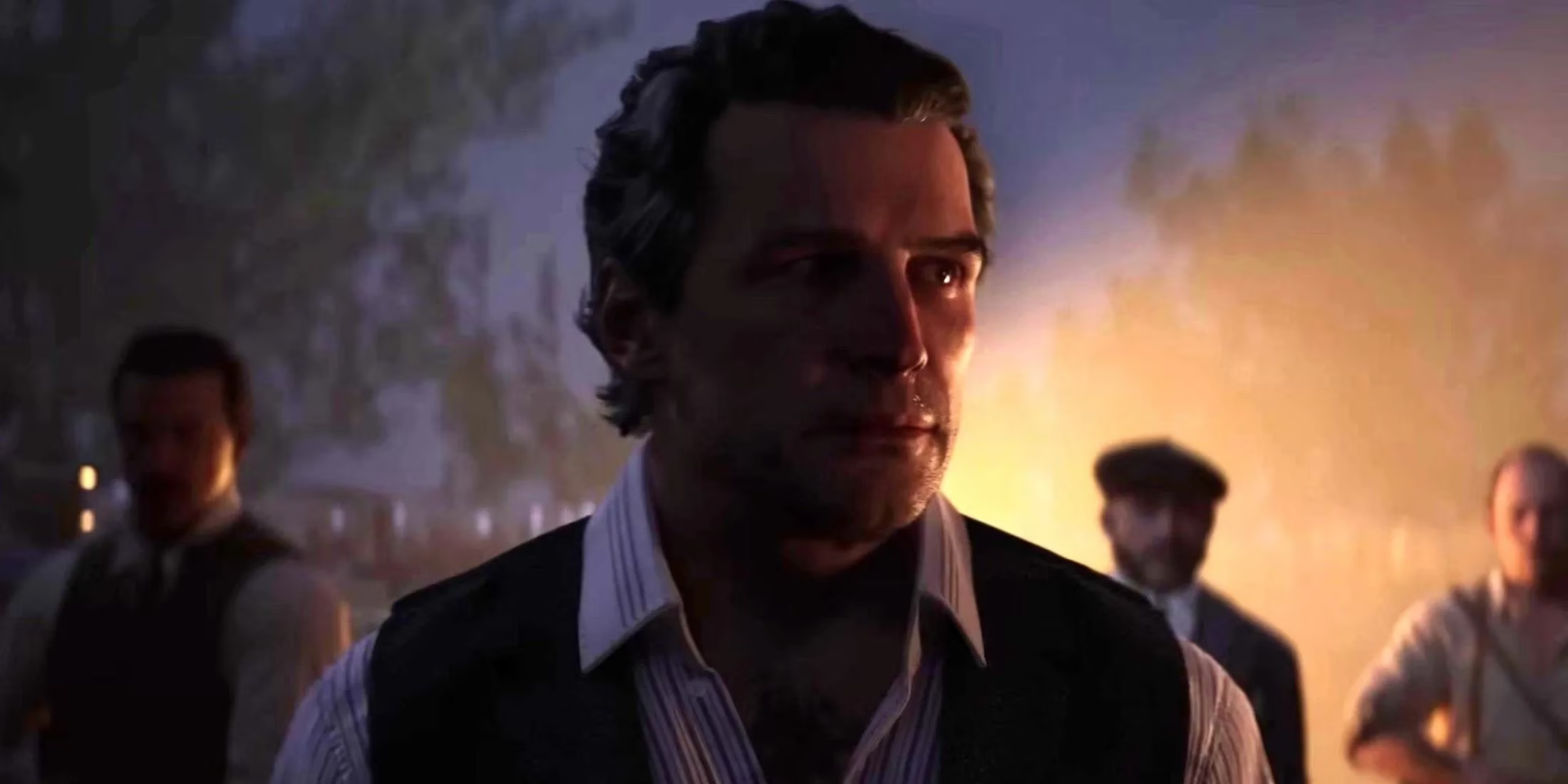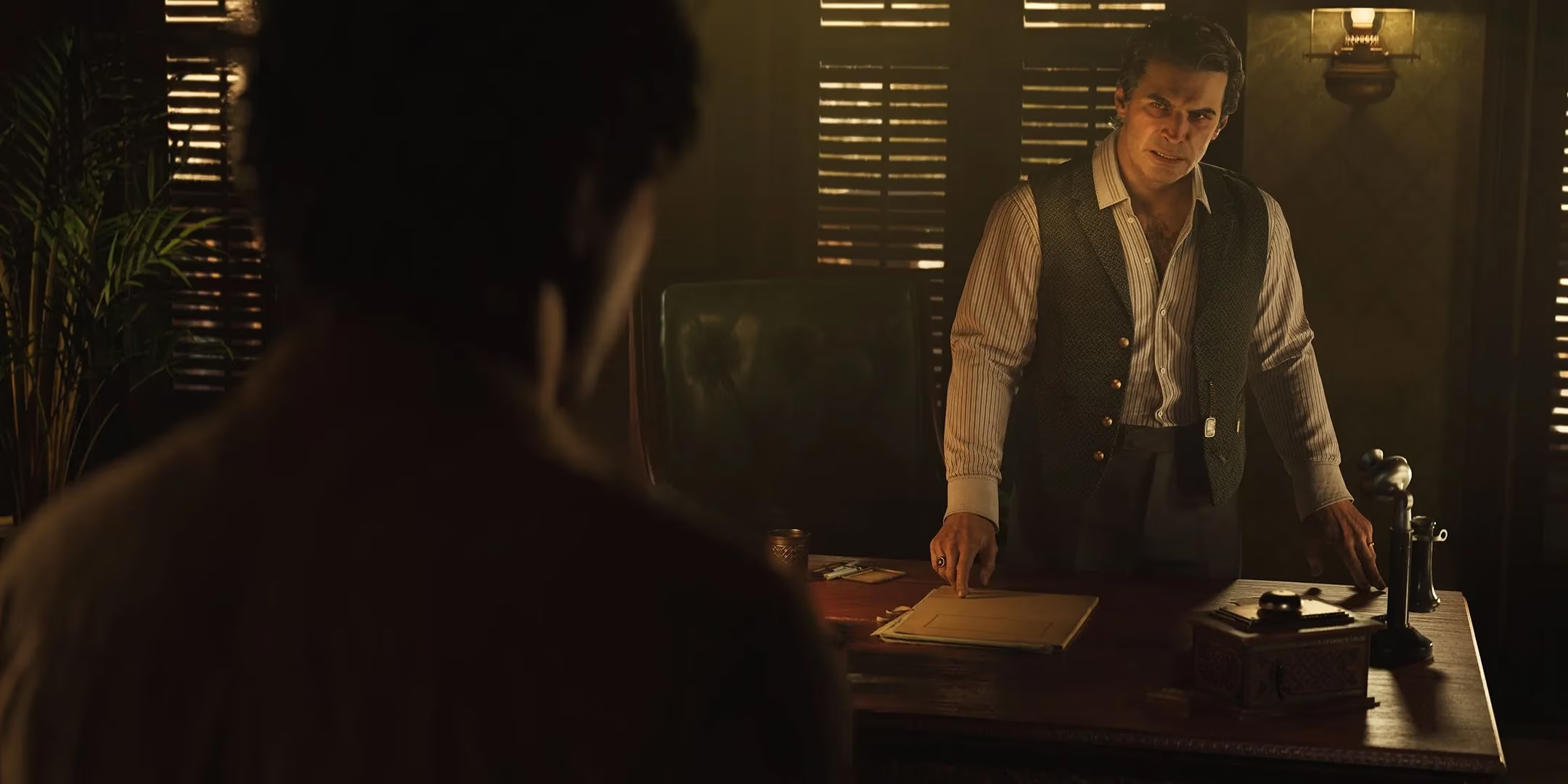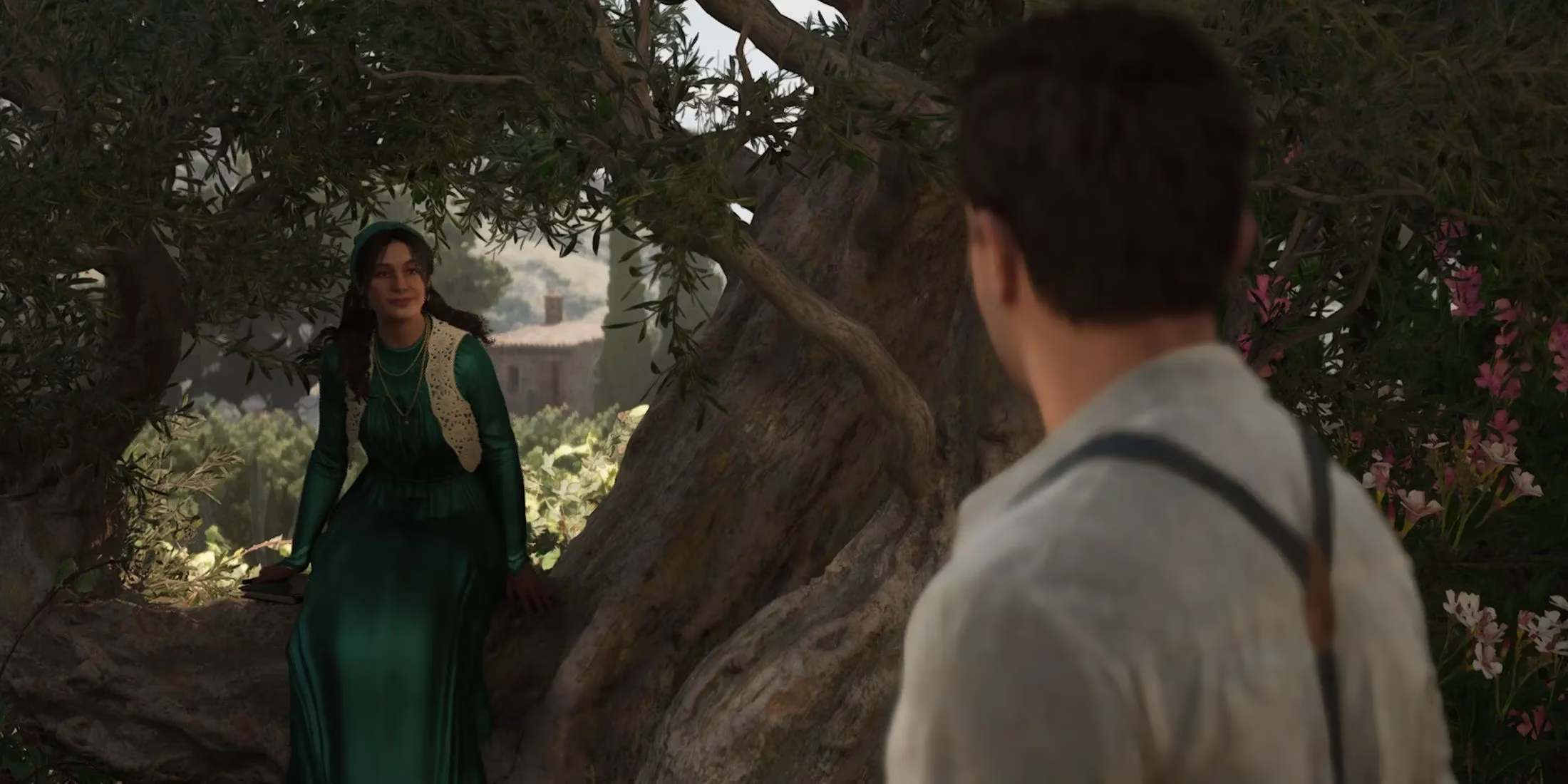Mafia Prequel Delivers Narrative Power Amid Customization Shortfalls
Experience Mafia: The Old Country, a captivating prequel blending cinematic storytelling with authentic 1900s Sicilian environment and intense criminal intrigue.
Set against the sun-drenched hills of early 1900s Sicily, Mafia: The Old Country emerges as a formidable prequel to the acclaimed series, tracing the bloody rise of the Torrisi crime family. Boasting stellar environmental design and cinematic voice performances, this historical saga stands tall among 2025's most compelling interactive narratives. Developer Hangar 13 crafts a visceral world where horse-drawn carriages share cobblestone streets with vintage automobiles, blending period authenticity with criminal intrigue that hooks players from the opening scene. 
The game consciously marries elements from Rockstar's flagship franchises—Grand Theft Auto's urban chaos and Red Dead Redemption's gritty historicity—creating a distinctive cocktail for disillusioned fans craving novelty. Players navigate tense shootouts in olive groves and high-stakes heists in Palermo's bustling markets, where vintage Fiat roadsters screech past Mediterranean architecture. This deliberate fusion offers Rockstar devotees something paradoxically familiar yet refreshing, especially through protagonist Enzo Torrisi's metamorphosis from coal-stained miner to tailored mafioso. Yet beneath this polished veneer, cracks emerge in character personalization mechanics that feel stapled on rather than organically woven.
Customization Conundrums
Where Red Dead Redemption 2 dynamically tracked Arthur Morgan's beard growth and weight fluctuations, and GTA V allowed absurdist makeovers for its trio, Mafia: The Old Country delivers oddly static options:
-
🔹 37 total outfits (unlocked via story progression or Dinari currency)
-
🔹 15 hair/hat combinations
-
🔹 Merely 6 facial hair styles
A handful of premium ensembles hide behind Deluxe Edition paywalls, exacerbating the sensation that these features exist purely to tick "RPG-lite" boxes. The linear narrative forcibly changes Enzo's attire at key junctures anyway—rendering player-selected pinstripe suits or fedoras momentarily irrelevant before the next cinematic takeover. This creates cognitive dissonance; why laboriously purchase a wool overcoat when the plot discards it two missions later? 
Structurally, the abandonment of open-world exploration—praised by some as a focused choice—backfires here. Without organic discovery of hidden tailors or rare garment drops, outfit collection becomes transactional rather than adventurous. Enzo’s visual evolution from grime-covered laborer to silk-wrapped don loses emotional resonance when dictated by cutscenes instead of player agency. Contrast this with RDR2's organic systems: Arthur might return from wilderness hunting trips with tangled hair and bloodied shirts, each stain whispering stories absent in Mafia's prescriptive wardrobe shifts.
Narrative Supremacy
Despite customization stumbles, the Torrisi family saga erupts with Shakespearean intensity. Voice actors wring pathos from Sicilian dialects during vineyard ambushes and whispered conspiracies, making familial betrayals land like physical blows. 
Mafia's true genius surfaces when it stops emulating competitors and leans into its strengths: intimate character studies framed by societal upheaval. A late-game sequence where Enzo confronts a traitor amidst lemon blossoms demonstrates this mastery—gunmetal tension dissolving into heartbreaking vulnerability without a single customization menu in sight. Such moments cement the prequel as a bold franchise evolution, proving that restrained linearity can outshine bloated open worlds when writing crackles with this voltage.
Yet one ponders—as developers potentially greenlight future sequels—whether chasing Rockstar's ghost through superficial mechanics ultimately undermines the very identity that makes this series resonate. Should the next installment shed borrowed features entirely to forge its own legacy in blood and honor?